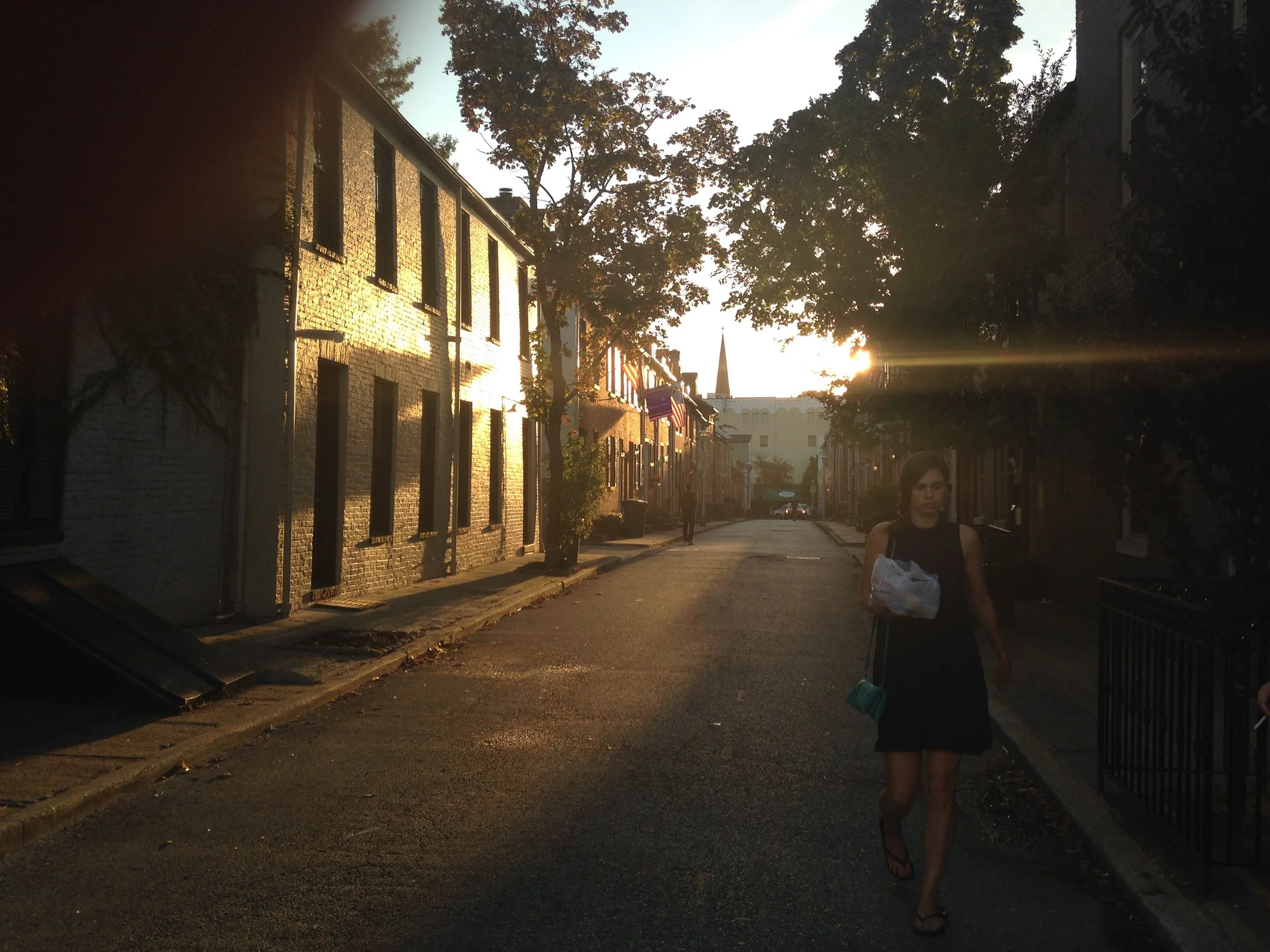We are excited to announce our second priority area: Economic Opportunity. More specifically, ensuring that people have the resources, environment, skills, and tools necessary to pursue their life goals and make a living sufficient to support a high quality of life - in keeping with one’s own potential, and irrespective of their starting point on the social and economic ladder.
Smart Cities
Professor Sam Musa defines a smart city as one that:
“engages its citizens and connects its infrastructure electronically. A smart city has the ability to integrate multiple technological solutions, in a secure fashion, to manage the city’s assets - the city’s assets include, but not limited to, local departments’ information systems, schools, libraries, transportation systems, hospitals, powerplants, law enforcement, and other community services. The goal of building a smart city is to improve the quality of life by using technology to improve the efficiency of services and meet residents’ needs.”
Resilience and Hope: Economic Opportunity in Flint, MI
As we neared my block, I started to worry. Yes, we had already seen blight in other Flint neighborhoods, however, I wasn’t fully prepared for seeing this on my old block, where there were over a dozen vacant houses and empty lots. My house was still there, and lived in, but the neighborhood had a completely different feeling than what I remembered. Seeing this filled me with a mix of thoughts and emotions. How would my life have turned out if we stayed here? What are the resident’s lives like now? Will my street ever be active and lively again?
Cities Supporting Cities: Syracuse Visits Flint
Flint's infrastructure crisis has been well documented, and many of you are probably already familiar with their challenges. In April 2014, the City of Flint changed its water source from Lake Huron to the Flint River. The new water source proved to be corrosive and, without proper treatment, caused lead from water service lines (the pipes that bring water from the larger water mains into homes) to leach into and contaminate the water.
Predicting Water Main Breaks
This past summer, we partnered with the Water Department and the Eric and Wendy Schmidt Data Science for Social Good Fellowship to work on developing a model that predicts how at risk water mains are of breaking. In the months following the partnership, we've seen that the model they built is giving us intelligence about the water system that supplements the knowledge of the crews that attend to it every day. Using data to predict how risky water mains are helps us plan for their maintenance and replacement, and allows us to better coordinate construction work across the different infrastructure systems. The project also showed us what it takes to have a positive partnership on a data project like this.
Infrastructure: It's not really goodbye
To date, we have launched thirteen initiatives and programs. We would like to share a report which details our work and discusses each initiative in detail. The link to our infrastructure report is below. Please check it out, and let us know your comments, questions, or suggestions in the comments below!









